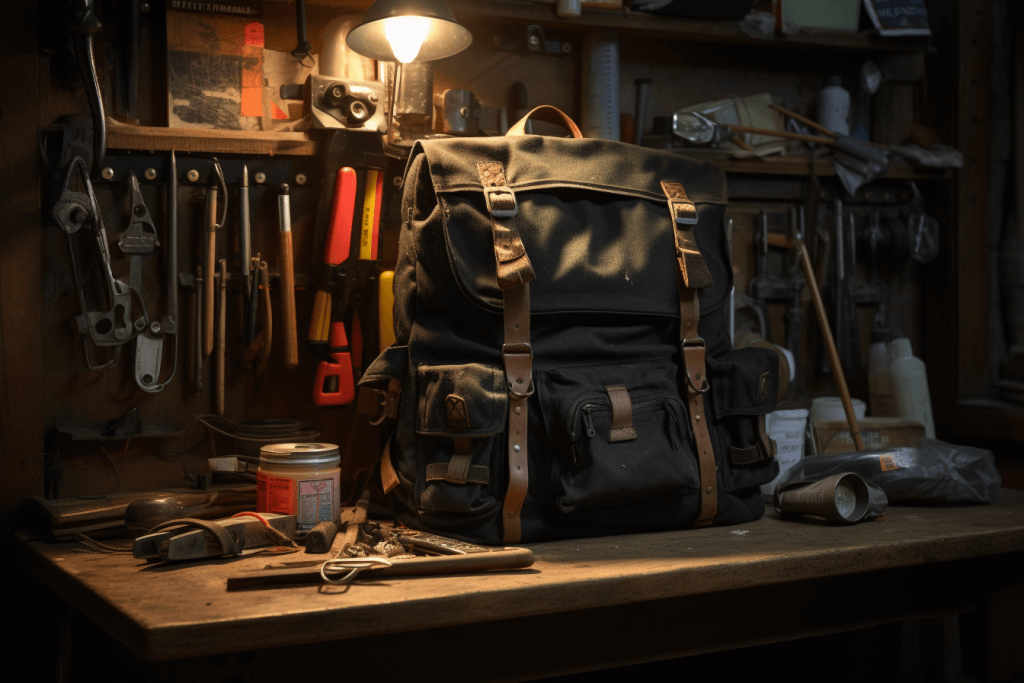Continuing from the introduction
Prepping for Beginners
Rule #1 – Assess your situation

Embarking on a journey towards preparedness often starts with a thorough assessment of one’s current situation. This foundational step is crucial as it lays the groundwork for a tailored emergency plan. Preppers, especially those at the beginning stage, need to evaluate various aspects such as their geographical location, potential threats, personal skills, and available resources. Understanding these elements allows them to prioritize their plans and prepare accordingly.
The basics of prepping can be complex, covering everything from ensuring access to clean air and water, to stocking up on non-perishable food items like cereals. Beginners should start by gathering knowledge on the subject, consulting reliable sources such as FEMA, and meticulously researching what essentials are needed for the types of emergencies they might face. Establishing a secure meeting point, having a functional GPS, and learning about basic plumbing are all parts of building a comprehensive preparedness strategy.
Key Takeaways
- A successful prepping strategy begins with a thorough evaluation of personal and environmental situations.
- Core prepping components include clean air and water, food storage, and an emergency plan.
- Research and knowledge acquisition from credible sources are critical for effective preparedness.
How to Begin Prepping: Your Foundation
Inventory of Physical Assets
Evaluate your shelter, considering its resilience in various emergencies. Can your dwelling withstand the trials of severe weather, or does it require fortification? Assess whether there’s space for cultivation, as a garden can be a sustainable food source. Transportation methods are also crucial; owning a reliable vehicle can be vital for evacuation or resupplying.
- Home Security: Doors, windows, structural integrity.
- Food Production: Garden space, potential for cultivation.
- Transportation: Vehicle availability, alternative transport.
Start Prepping: Do a Human Asset Evaluation
Account for dependents in your prep plan, such as children, seniors, or pets, and consider their unique needs. Analyze local threats—natural and man-made. Understanding potential emergencies will shape your preparation needs.
- Family & Pets: Needs and care strategies.
- Local Threats: List prevalent natural or human-made dangers.
- Community Resources: Neighbors, local emergency services, and support networks.
Medical Needs and Health Preparedness
Tailor your emergency strategy to integrate medical requirements, ensuring a stockpile of necessary medications, supplies, and knowledge for continuous care during healthcare interruptions.
- Medication: Regular meds, back-up prescriptions, and storage.
- Care Supplies: First aid kits, medical equipment, and accessibility aids.
- Health Knowledge: Understand medical conditions and care routines.
Climate Considerations When You Begin Prepping
Your regional climate dictates unique prep requirements. Cold climates necessitate heating and warm clothing, while hotter regions demand efficient water storage and cooling solutions.
- Cold Climates:
- Clothing: Insulation layers, weather-appropriate gear.
- Heating: Fuel sources, emergency warmth options.
- Hot Climates:
- Water Storage: Sustainable sourcing and replenishment.
- Cooling Methods: Natural shade, ventilated spaces, evaporative cooling.
By thoroughly understanding your environment and personal circumstances, you can forge a comprehensive prepping plan. This critical assessment will serve as a guide to tailor your actions and investments in equipment, supplies, and skills towards establishing a robust system of readiness.
